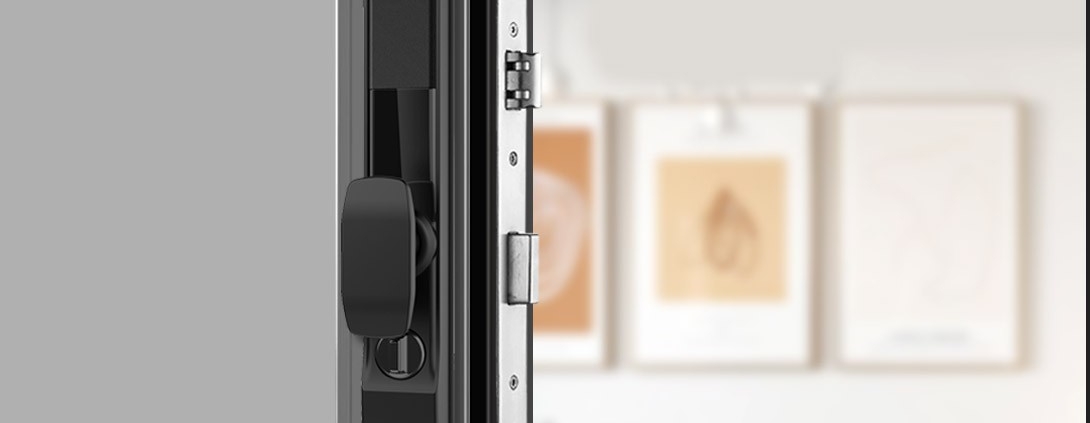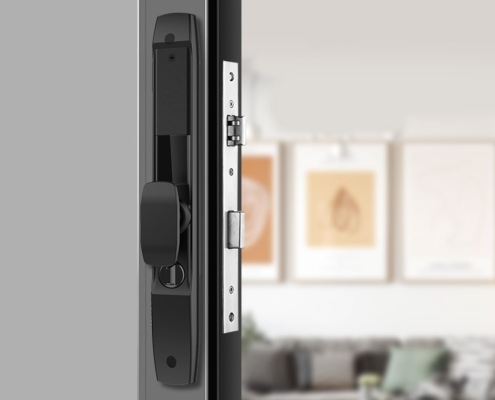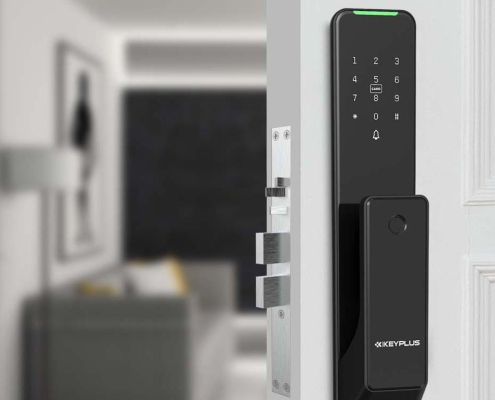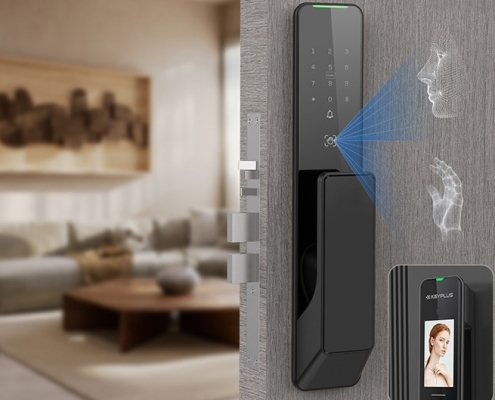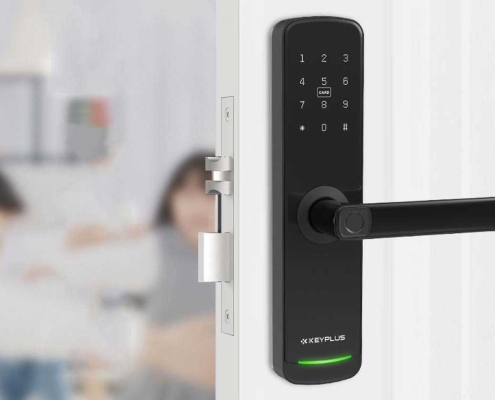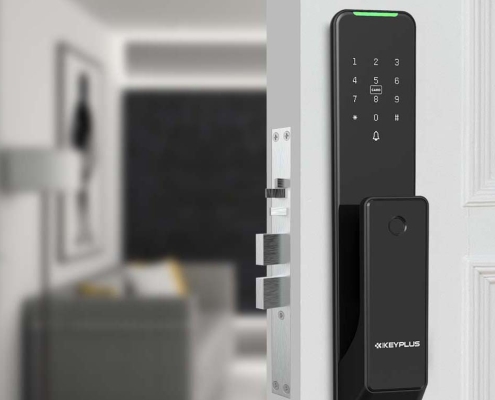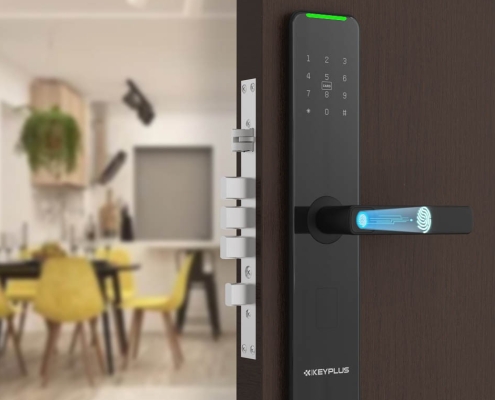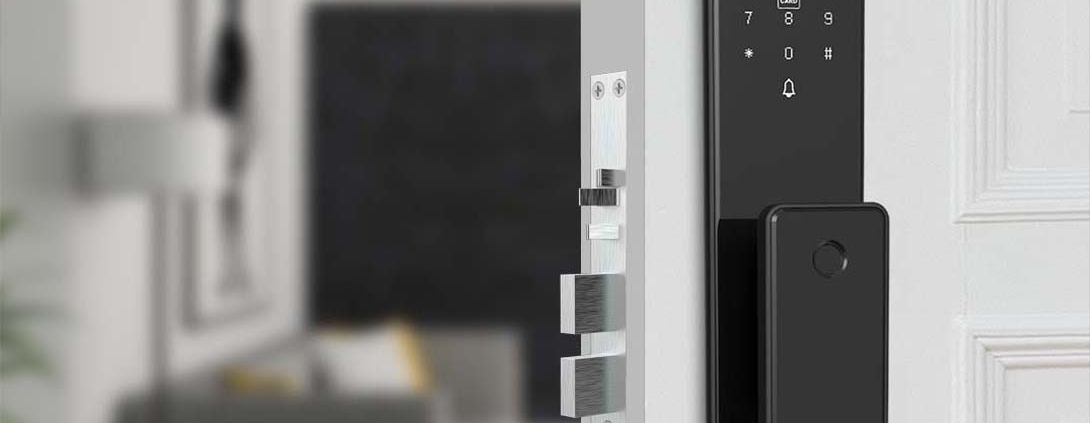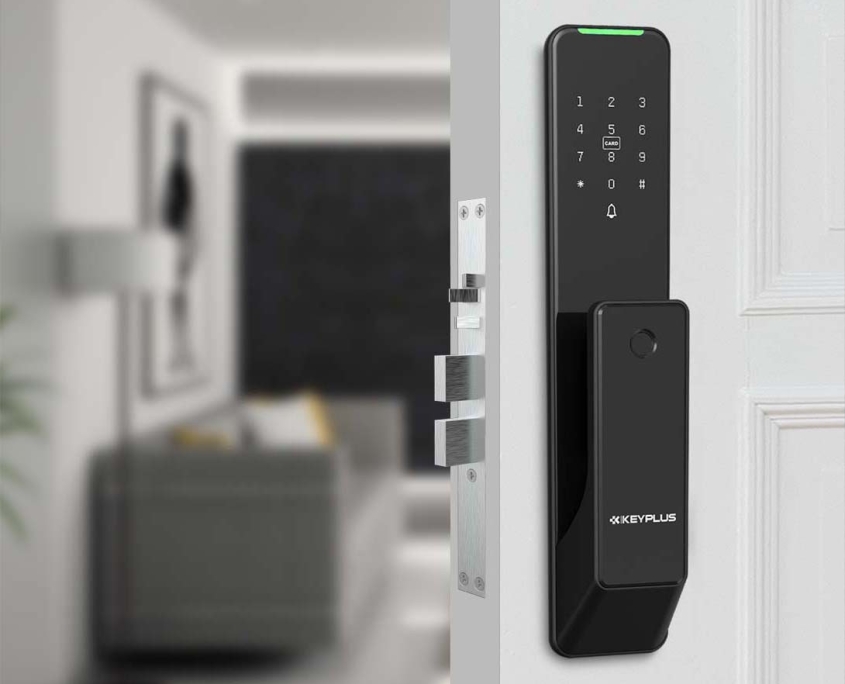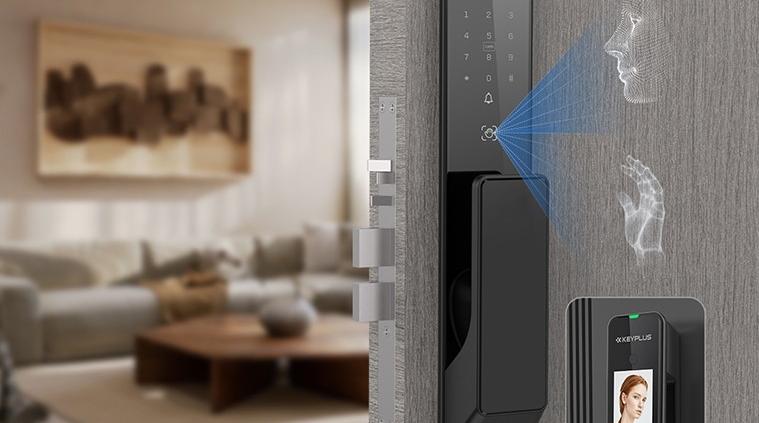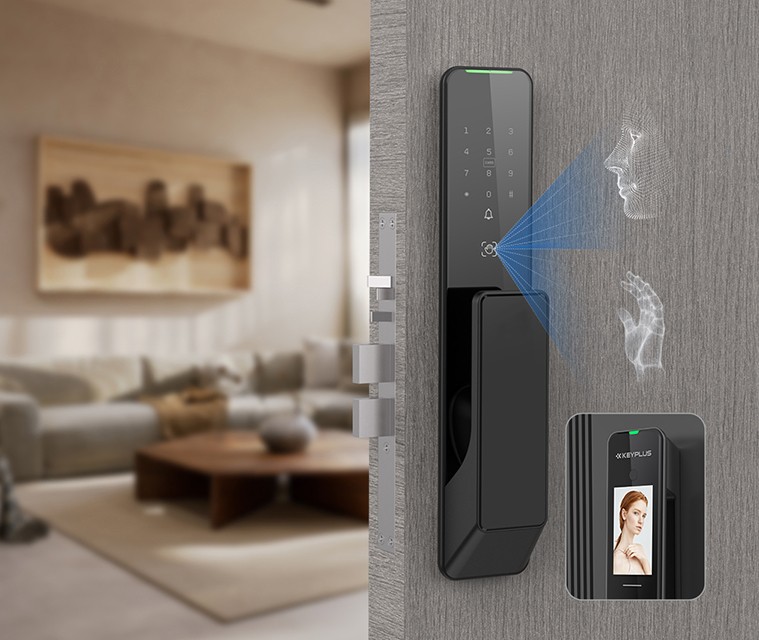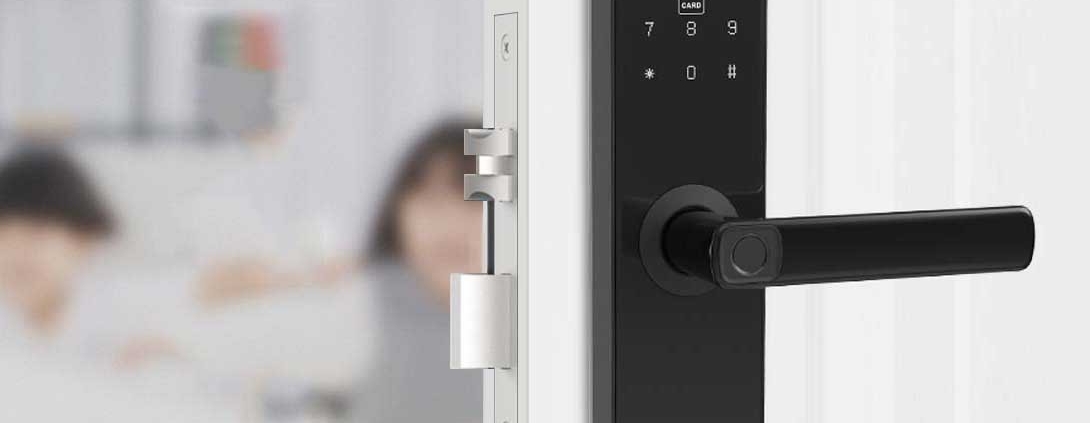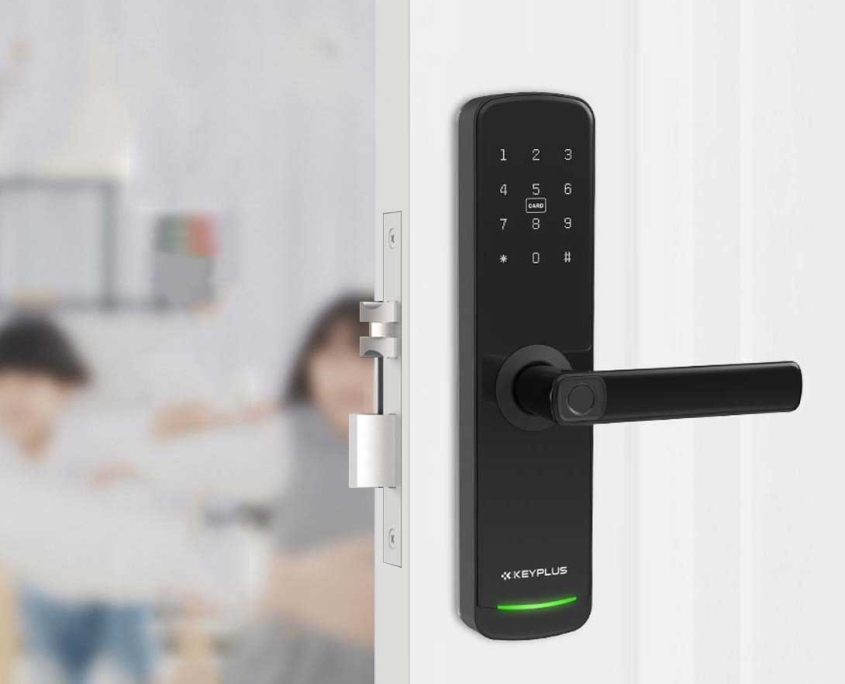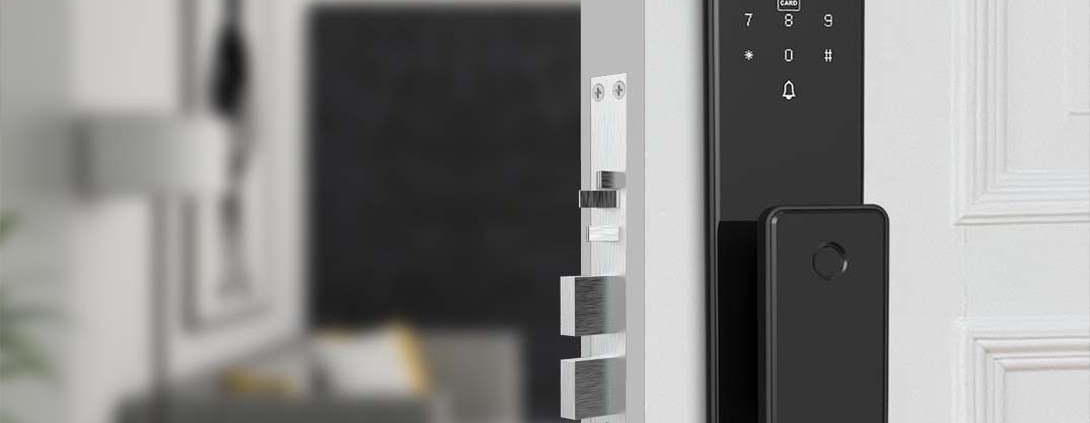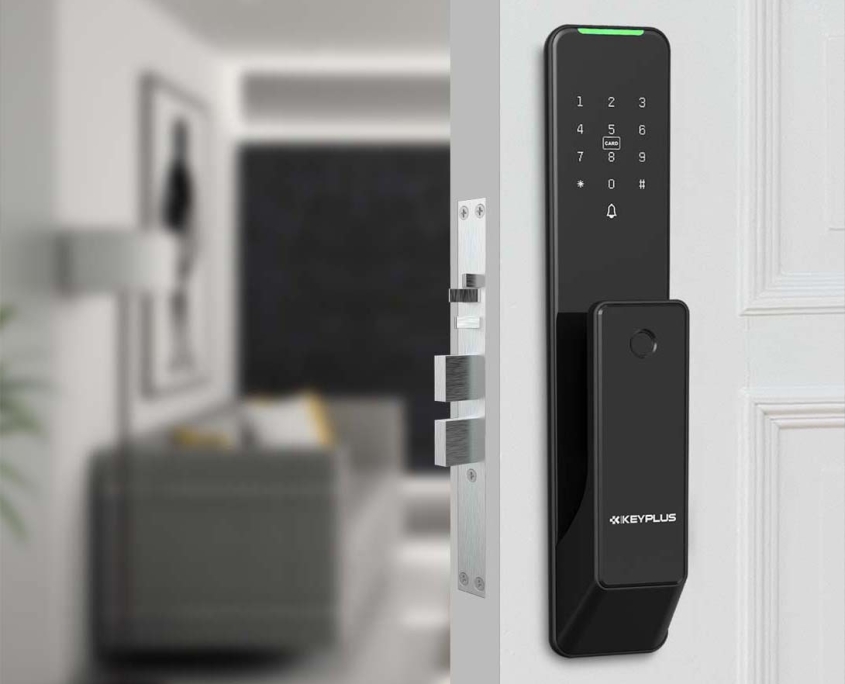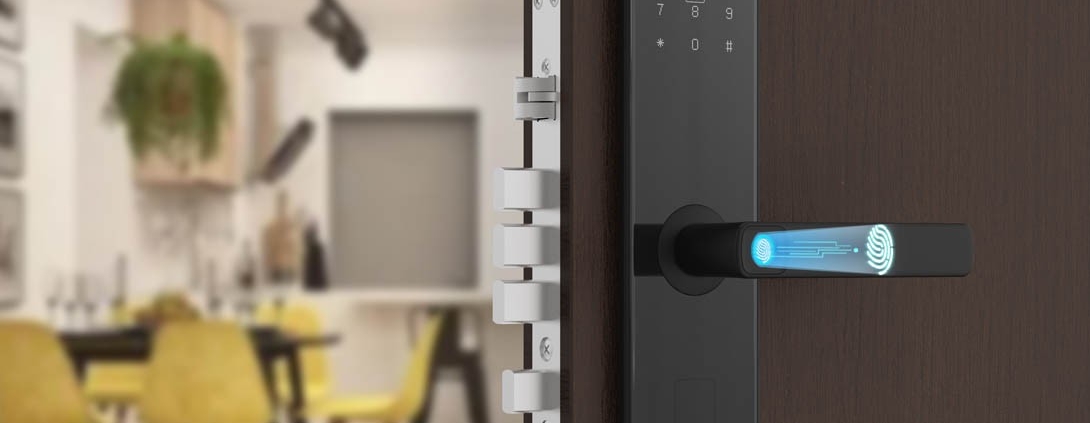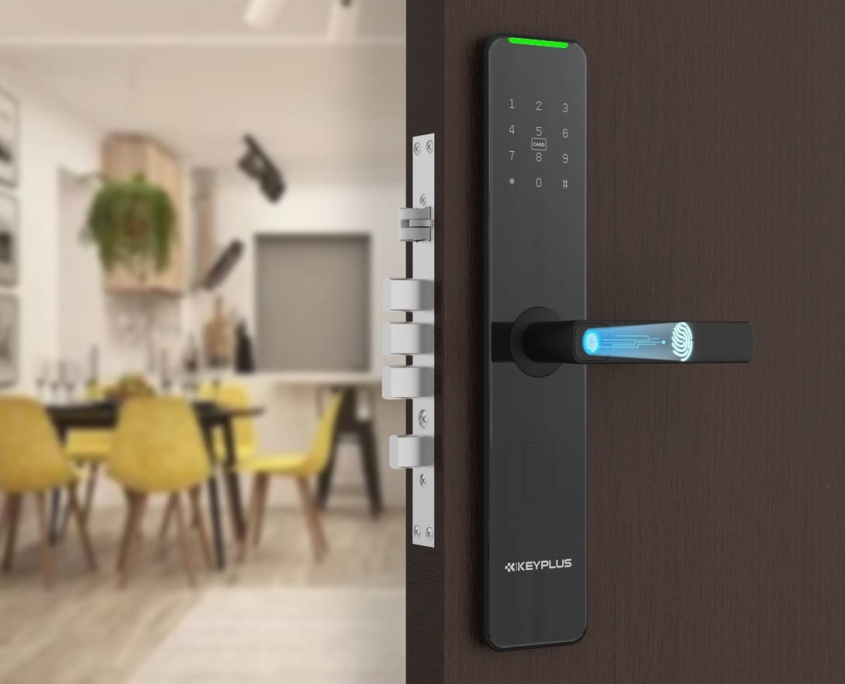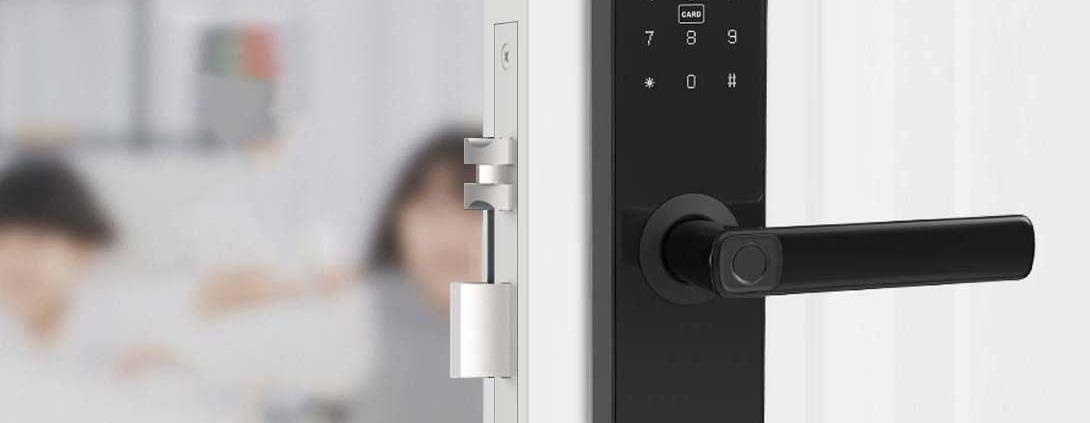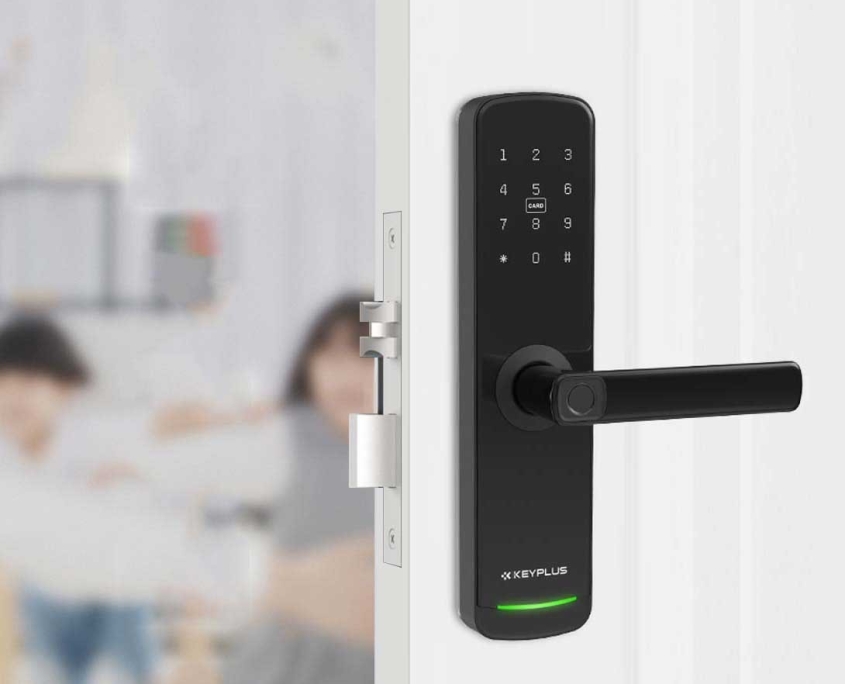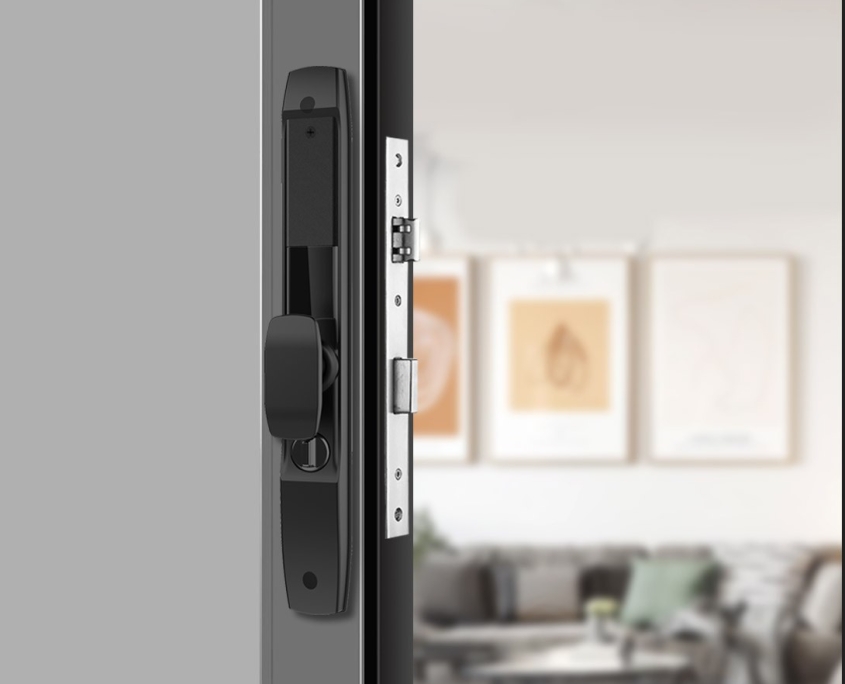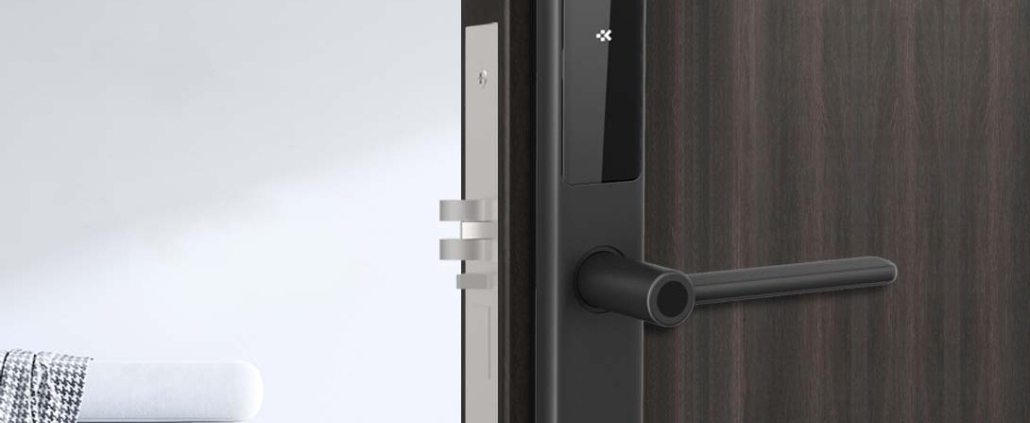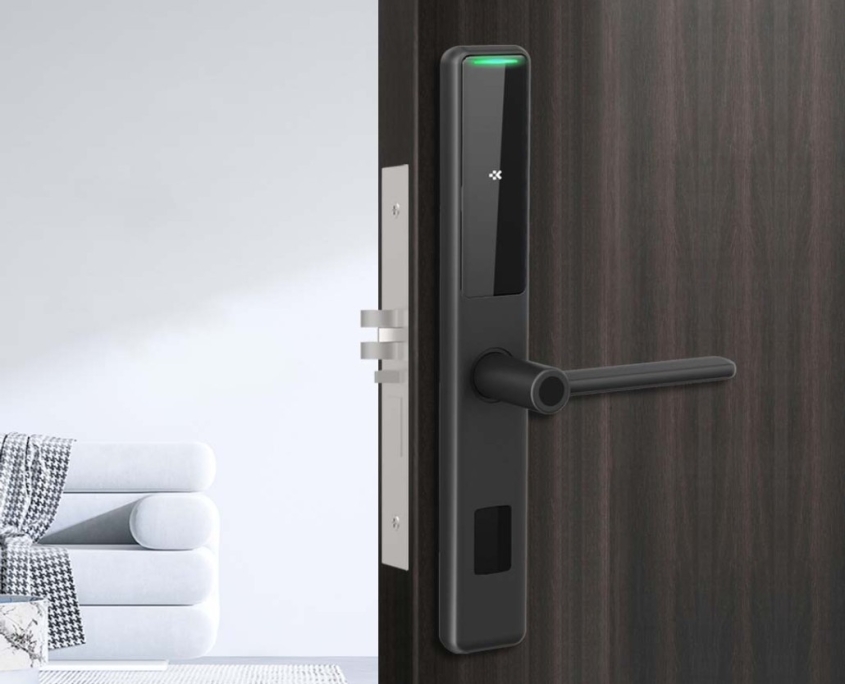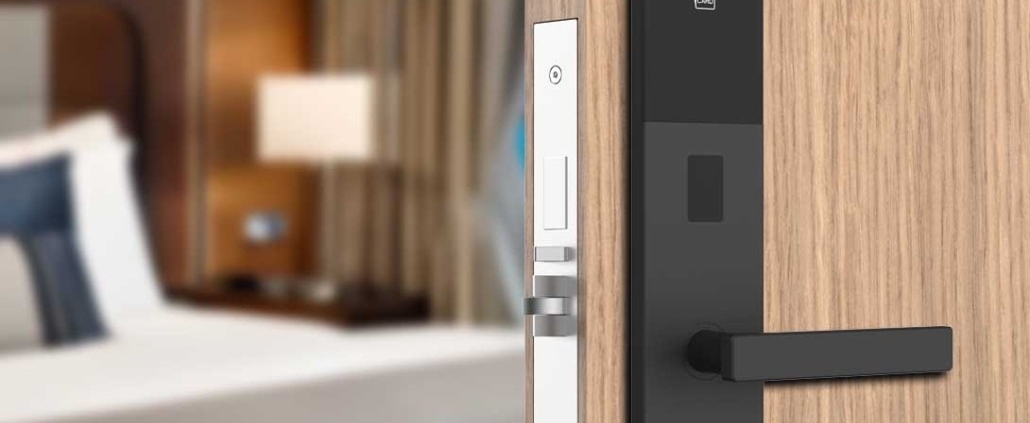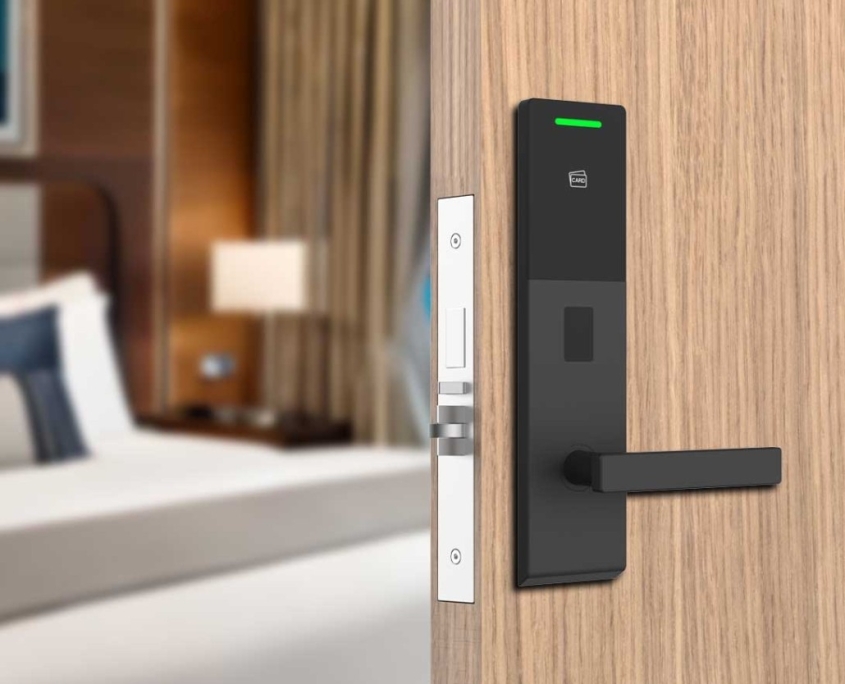Smart locks are transforming home security, offering keyless entry, remote access, and seamless smart home integration. But one question many Americans ask is: Can you install a smart lock without a deadbolt?
The short answer? Yes—but with some trade-offs.
In this guide, we’ll break down:
-
How smart locks work with and without deadbolts
-
Types of smart locks that don’t require a deadbolt
-
Security risks vs. convenience factors
-
Best smart lock alternatives for non-deadbolt doors
By the end, you’ll know whether a deadbolt-free smart lock is right for your home—and how to maximize security if you choose one.
How Most Smart Locks Work (With Deadbolts)
Traditionally, smart locks are designed to replace or augment a deadbolt.
✔ Fit standard door prep (2-⅛” bore hole)
✔ Include a mechanical key backup
✔ Offer strong security (ANSI Grade 1 or 2)
Why deadbolts matter for security:
-
Deadbolts resist physical attacks (like kicking or picking) better than latch locks.
-
They extend deeper into the door frame, making forced entry harder.
-
Insurance companies often require deadbolts for coverage.
But what if your door doesn’t have a deadbolt—or you don’t want one?
Smart Lock Options That Don’t Require a Deadbolt
1. Smart Lever Locks (For Interior or Low-Security Doors)
Best for:
-
Rental properties
-
Interior doors (like bedrooms or offices)
-
Secondary entry points (e.g., garage-to-house doors)
How they work:
-
Replace the existing doorknob latch (not the deadbolt).
-
Often use Z-Wave or Bluetooth instead of Wi-Fi.
-
Some models auto-lock when the door closes.
Security downside:
Lever locks are easier to force open than deadbolts. Most are ANSI Grade 3, the lowest security rating.
2. Smart Door Handles (All-in-One Locks)
Best for:
-
Modern homes with sleek designs
-
Doors without existing deadbolts
How they work:
-
Combine a handle + smart lock in one unit.
-
Often include keypads, fingerprint scanners, or app control.
Security downside:
While better than lever locks, these still lack the strength of a deadbolt.
3. Smart Locks That Retrofit Over Existing Knobs (No Deadbolt Needed)
Best for:
-
Renters who can’t modify doors
-
Temporary smart lock solutions
How they work:
-
Clamp onto the inside of your existing knob.
-
Turn the lock remotely via Bluetooth or Wi-Fi.
Security downside:
These don’t improve physical security—they just add smart features to an existing weak lock.
4. Smart Padlocks (For Gates, Storage, or Lockers)
Best for:
-
Sheds, garages, or storage units
-
Temporary access control
How they work:
-
Combination or app-controlled padlocks.
-
Some are weatherproof for outdoor use.
Security downside:
Padlocks can be cut or picked easily—never use as a primary home lock.
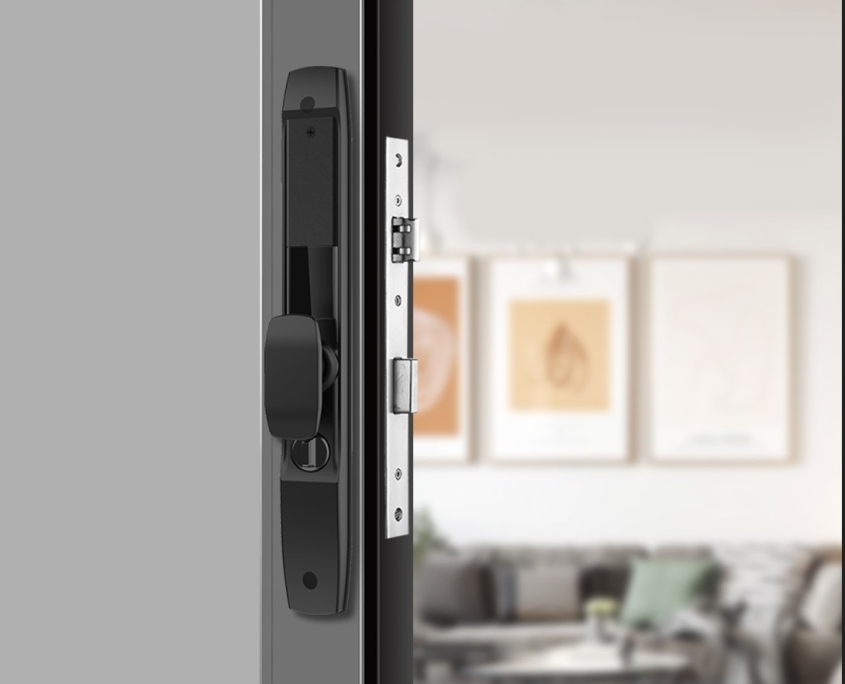
Are Smart Locks Without Deadbolts Secure Enough?
When They’re OK:
For interior doors (bedrooms, offices).
As a secondary lock (with a deadbolt already installed).
In low-crime areas where convenience > max security.
When You Should Avoid Them:
As the only lock on an exterior door.
In high-crime neighborhoods.
If your home insurance requires deadbolts.
How to Improve Security Without a Deadbolt
If you must skip the deadbolt:
Choose a smart handle with ANSI Grade 2 security.
Add a security strike plate (reinforces the latch).
Install a door jammer or bar for extra resistance.
Final Verdict: Should You Use a Smart Lock Without a Deadbolt?
Yes, if:
-
It’s for an interior or low-risk door.
-
You pair it with other security measures.
-
You prioritize convenience over max security.
No, if:
-
It’s your main exterior door lock.
-
You live in a high-crime area.
-
Your insurance requires deadbolts.
For most homeowners, a smart deadbolt is still the gold standard. But if you can’t install one, the options above can work—with the right precautions.
Have you used a smart lock without a deadbolt? Share your experience in the comments!
FAQ: Smart Locks & Deadbolts
Q: Can I add a deadbolt to my door later?
A: Yes—a locksmith can install one for 100−300.
Q: Do apartment landlords allow smart locks?
A: Many allow retrofit models since they don’t damage doors.
Q: Can a locksmith pick a smart lock?
A: Yes—but many smart locks have anti-pick features.
By choosing the right smart lock for your needs—and reinforcing security where needed—you can enjoy keyless convenience without sacrificing safety.

